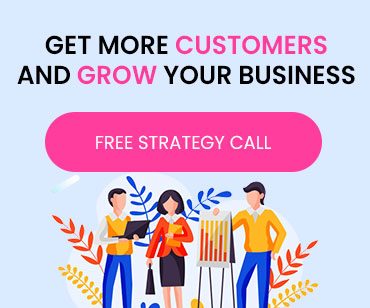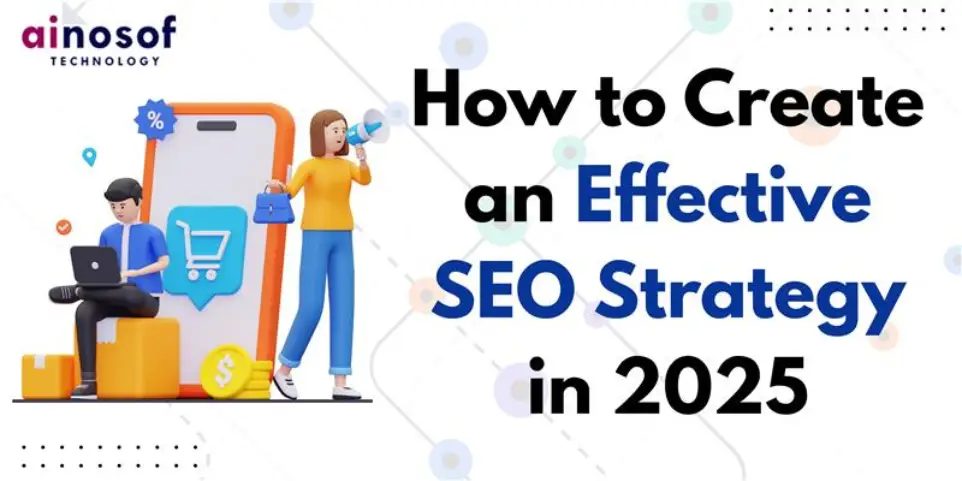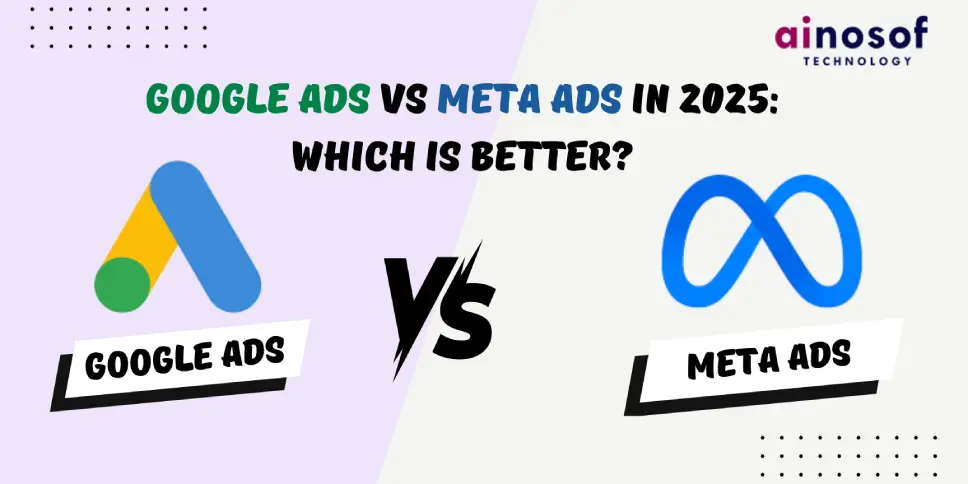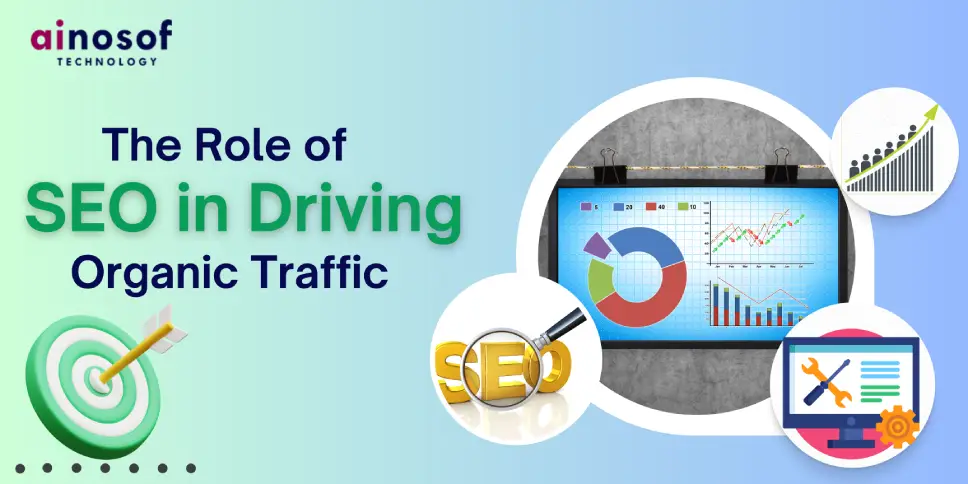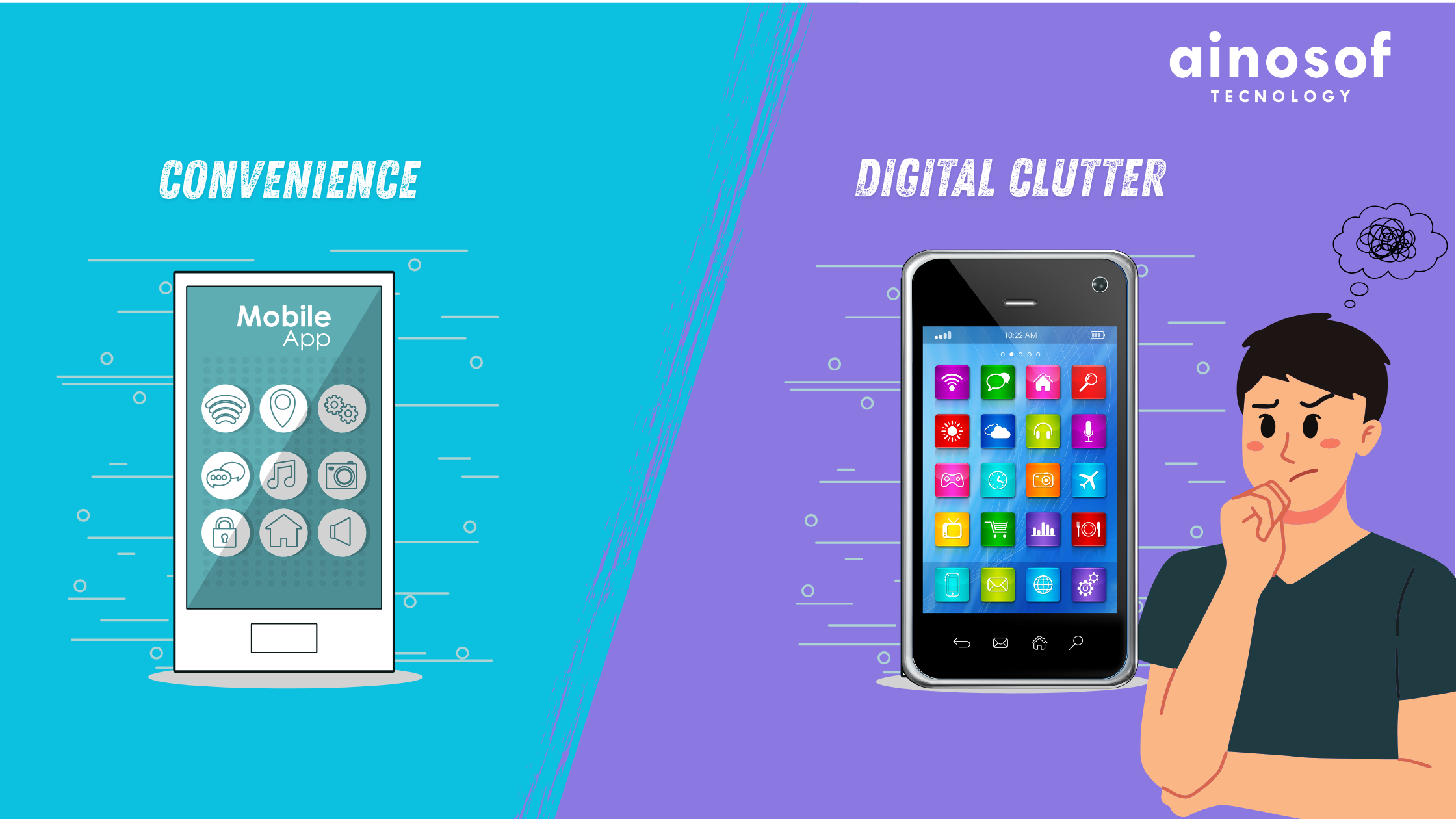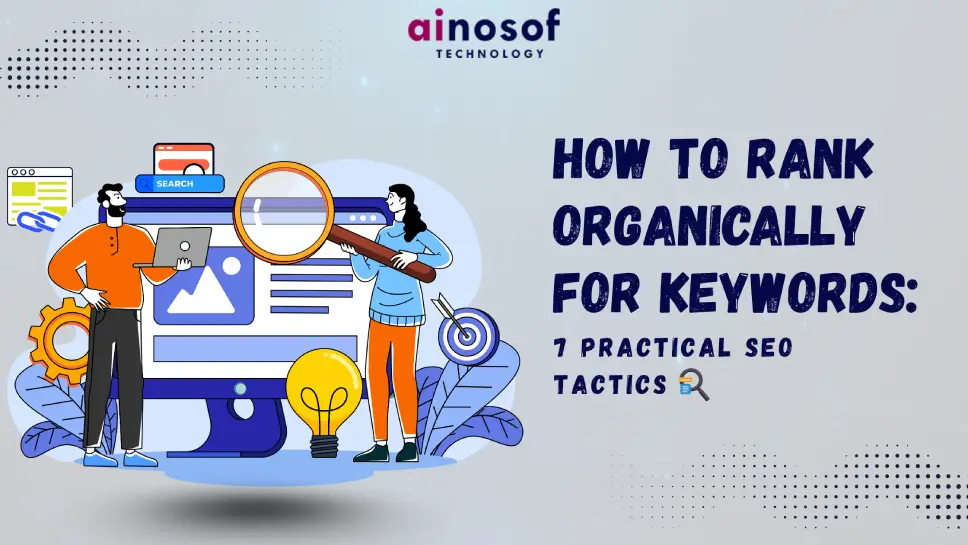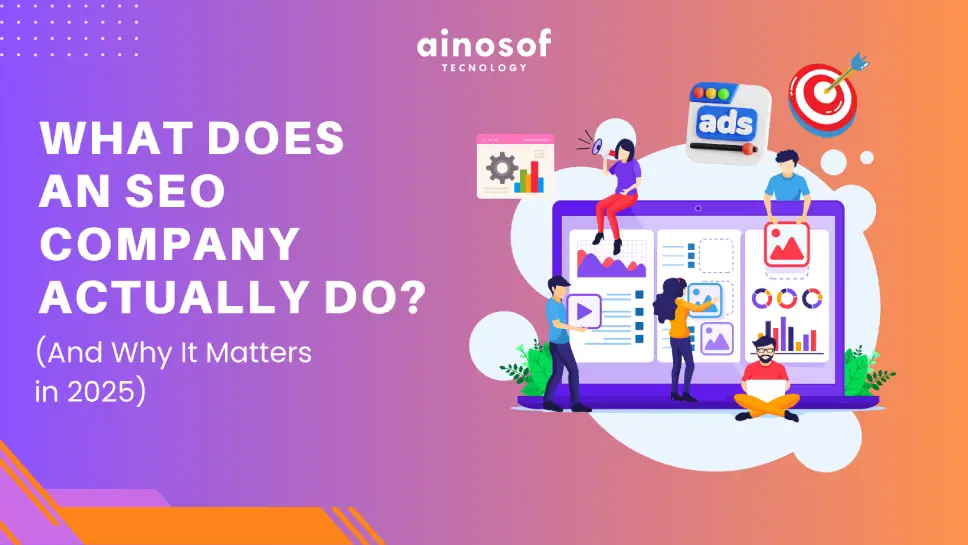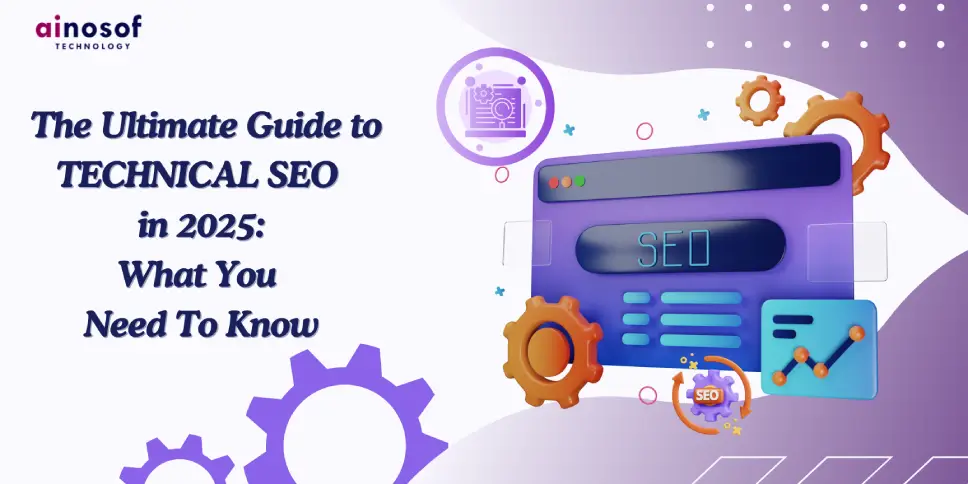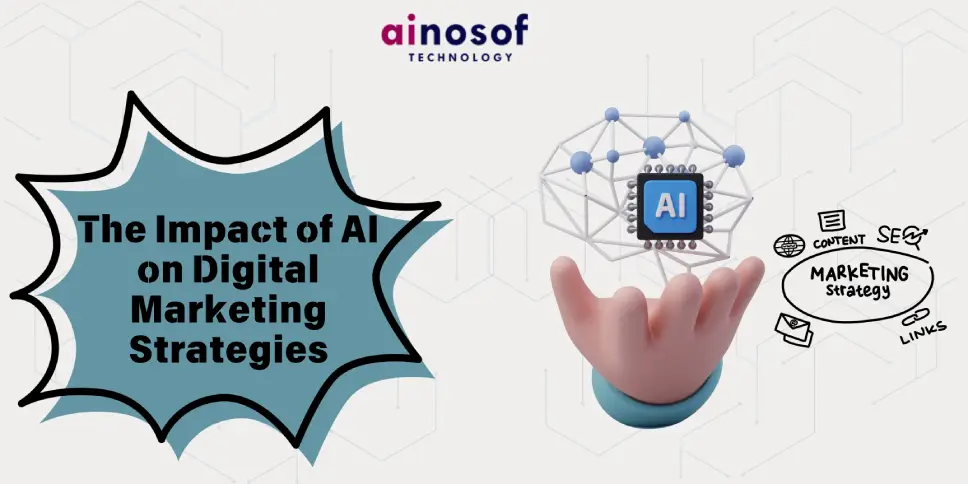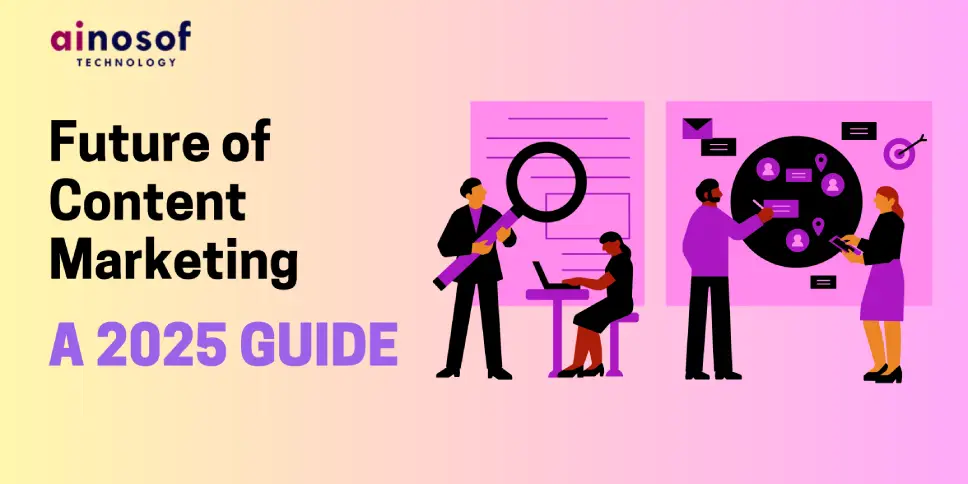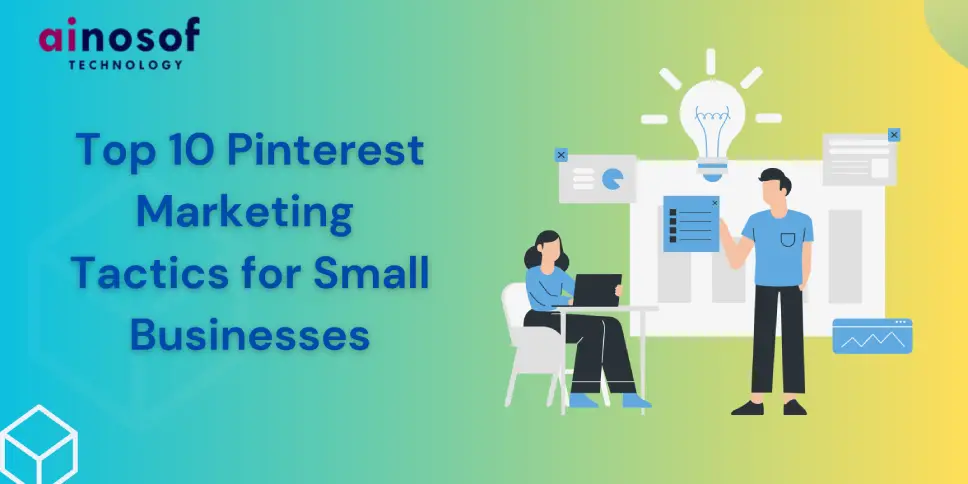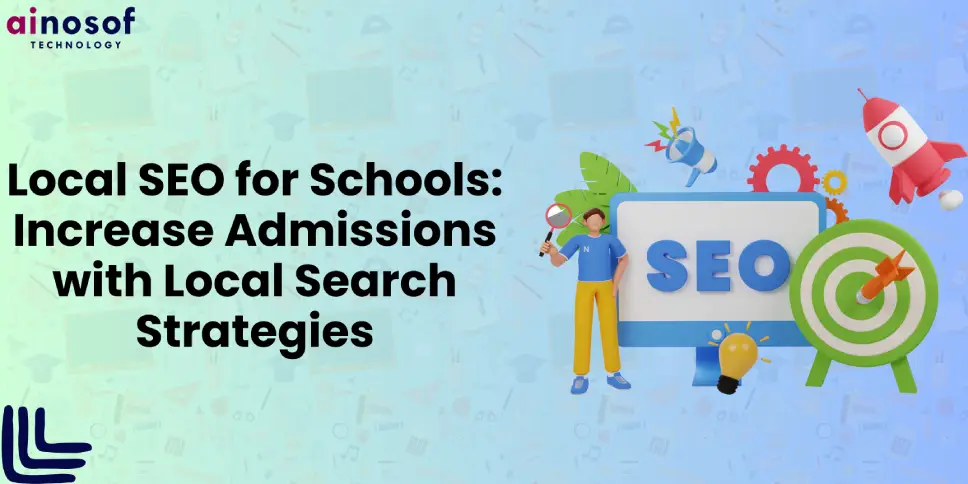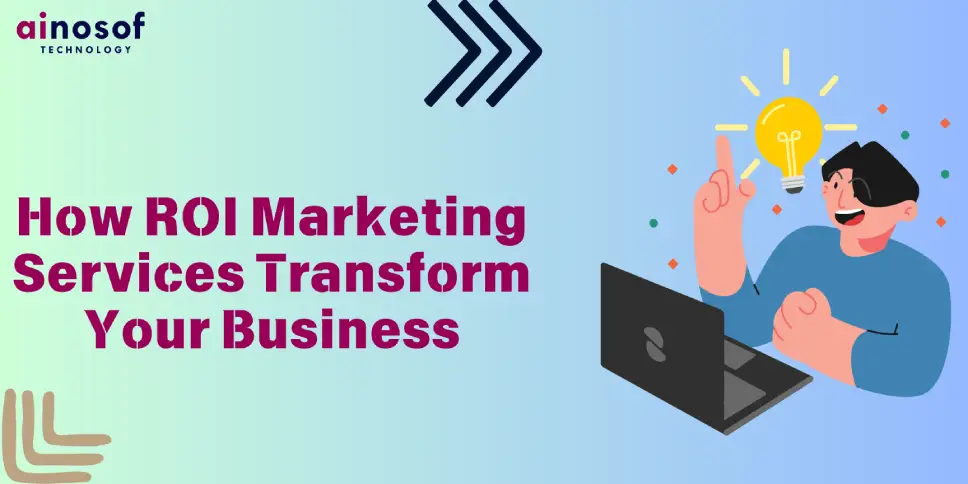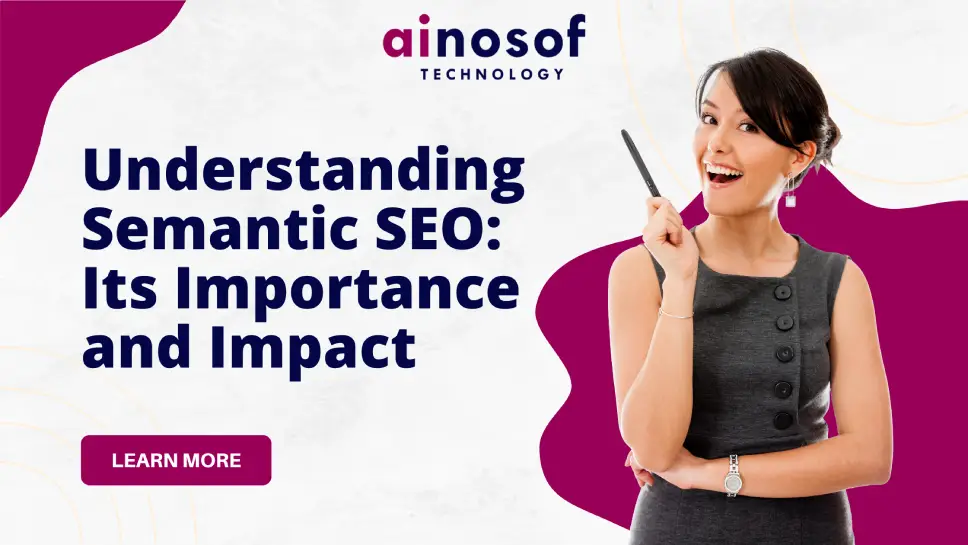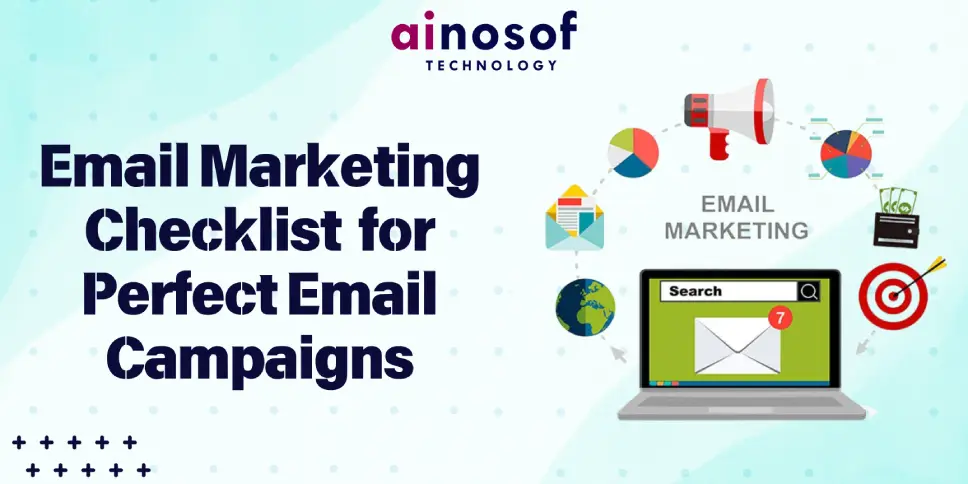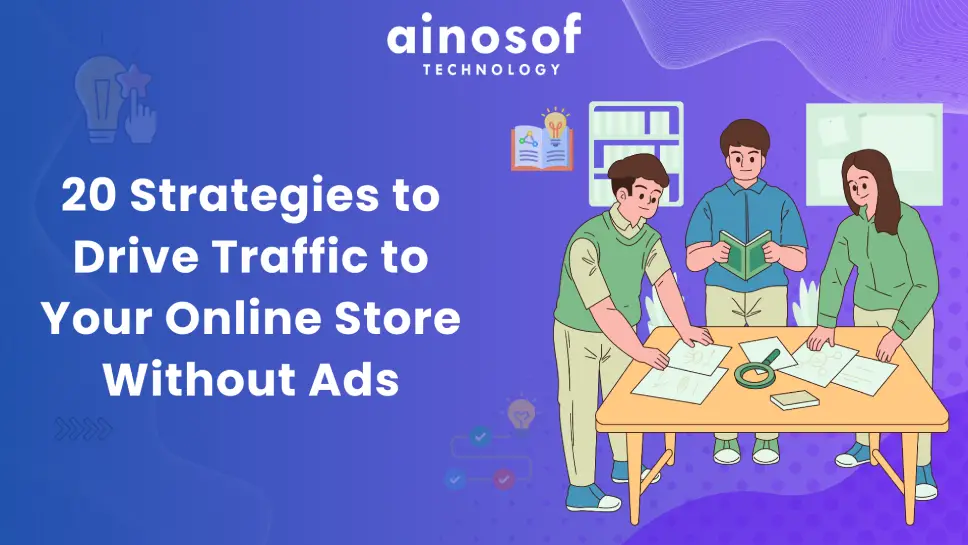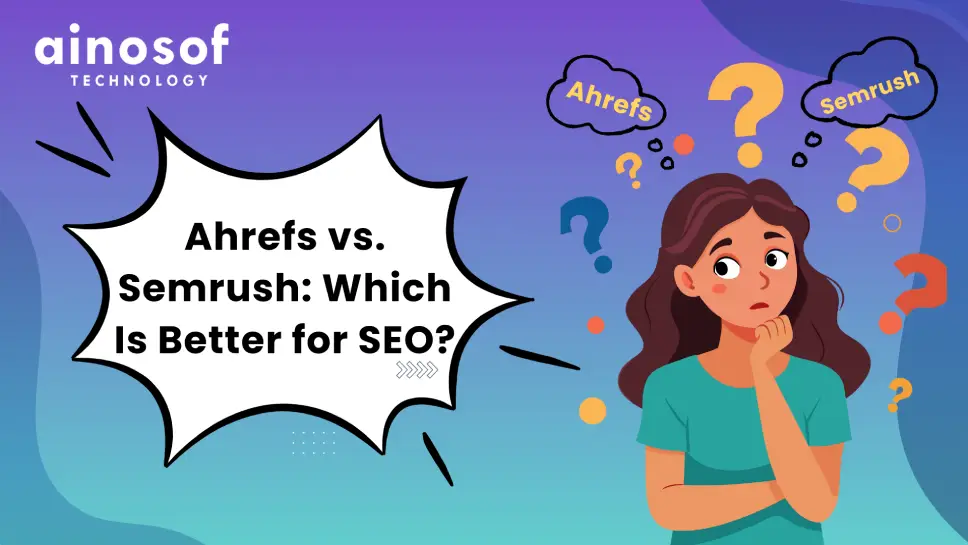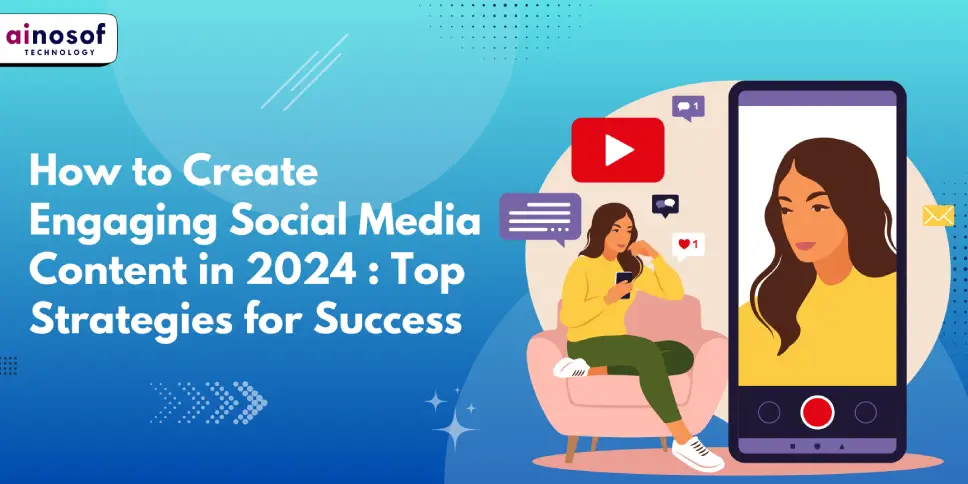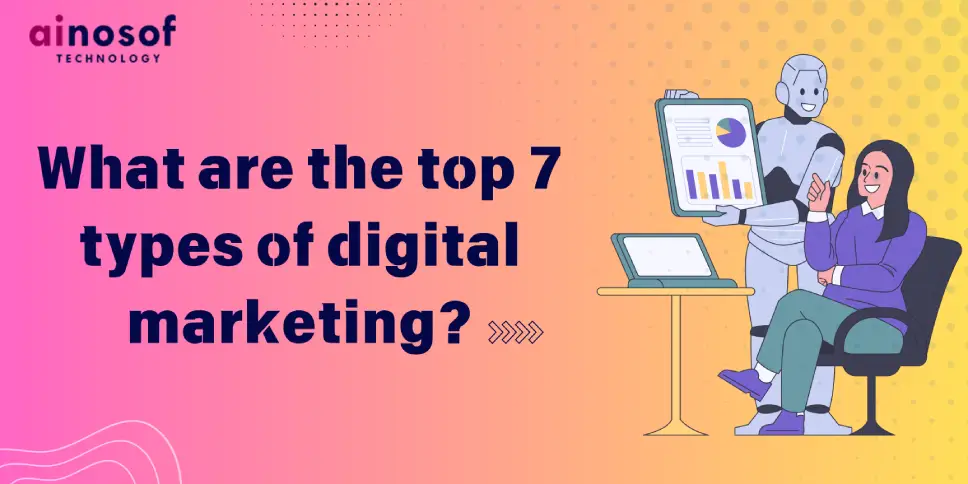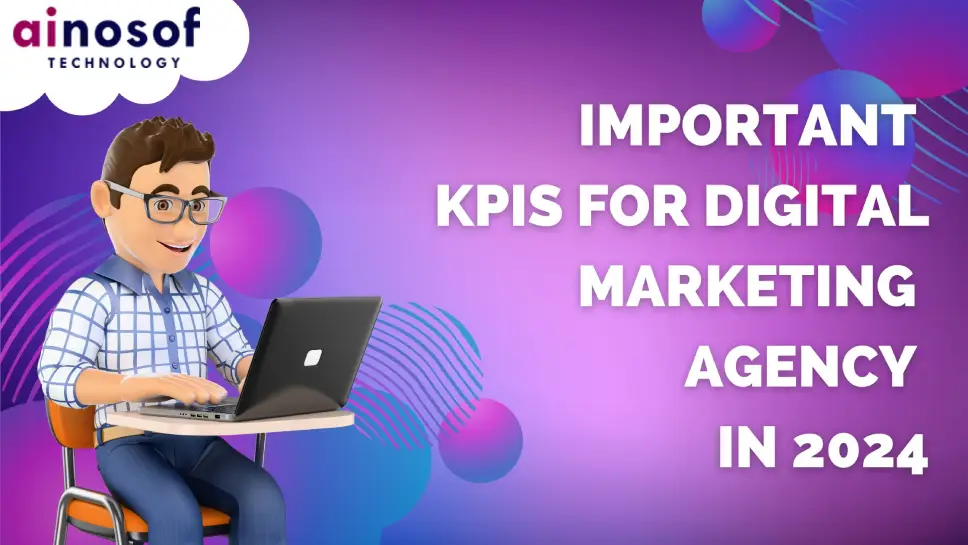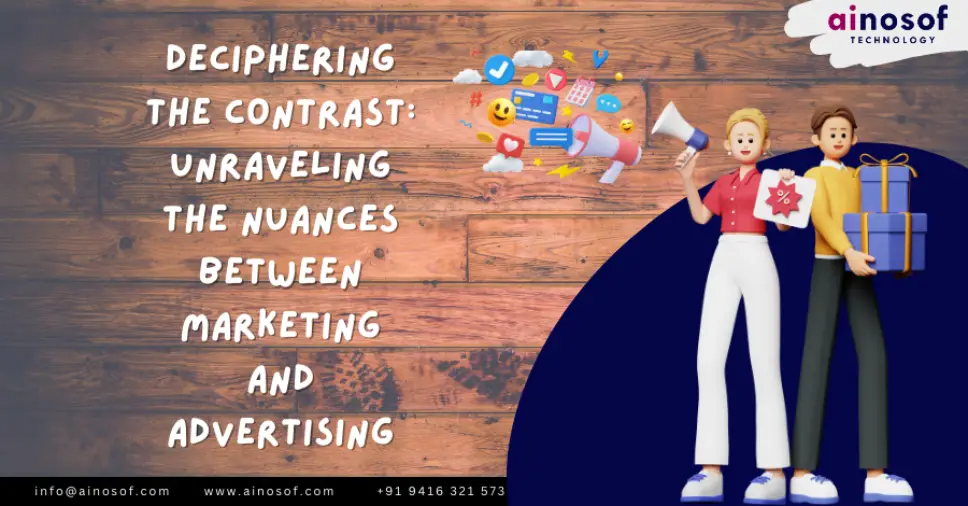What is Content Strategy?
Content strategy is the process of planning, creating, distributing, and measuring content in all its online forms to achieve predefined marketing and business goals.It encompasses various elements, including content creation, publication schedules, audience targeting, messaging, tone of voice, content formats, and channels of distribution.
A content strategy is a plan that describes how you will produce, share, and oversee your content in order to fulfil the demands of your audience and accomplish your business objectives.
As part of their overall marketing strategy, 73% of marketers decide to create content marketing initiatives. There is competition in the market. Additionally, you ought to have a plan in place that will make you stand out from the competitors.
What is the need of creating an effective Content Strategy?
Creating and advertising content is not inexpensive. In an industry where every marketing dollar must demonstrate ROI, marketers must strategize their content marketing efforts to ensure they satisfy pre-defined KPIs while also supporting the company's commercial and financial objectives.
Whether you want to create leads, enhance sales, or raise brand awareness, a well-defined content strategy will help you bridge the gap between your marketing KPIs and actual outcomes. It will help you make the most of your material.
Importance of effective content strategy
Creating an effective content strategy is important for various reasons:
- Audience Engagement: A well-thought-out content strategy ensures that you're consistently engaging with your target audience. It helps you understand their needs, preferences, and pain points, allowing you to create content that resonates with them.
- Brand Awareness and Recognition: A content strategy helps in building brand awareness by consistently delivering valuable and relevant content to your audience. This helps in establishing your brand as an authority in your industry and fosters trust with your audience.
- Driving Traffic: Content is the backbone of any digital marketing strategy. A good content strategy ensures that you're creating content that attracts traffic to your website, blog, or social media channels. This can help in increasing your organic search traffic, social media followers, and overall online visibility.
- Lead Generation and Conversion: Content plays a crucial role in generating leads and converting them into customers. A well-planned content strategy includes content types and distribution channels tailored to each stage of the buyer's journey, from awareness to consideration to decision-making.
- Measurable Results: An effective content strategy includes clear goals and KPIs (Key Performance Indicators) to measure the success of your content efforts. This allows you to track performance, identify areas for improvement, and optimise your strategy accordingly.
- SEO and Visibility: Developing a content strategy that incorporates SEO best practices can improve your website's visibility in search engine results. By creating content around relevant keywords and topics, you can attract organic traffic and increase your chances of ranking higher on search engine results pages (SERPs).
Steps to Develop an effective Content Strategy:
-
Define your Goals:
- Start by clarifying what you want to achieve with your content. Is it brand awareness, lead generation, customer engagement, thought leadership, or something else? Your content strategy's direction will be determined by your goals.
- Establishing your content objectives is the first stage in creating an effective content strategy. This refers to identifying the specific outcomes that you want to achieve through your content, and how they align with your overall business goals.
- You must first decide what constitutes success for your content in order to get started. Therefore, ask yourself: "What are your goals? Are they to build your brand, get leads, educate your audience, or enhance customer retention?"
-
Understand your Audience:
Conduct thorough research to understand your target audience - their demographics, interests, pain points, and behaviour. Use analytics tools, surveys, social media insights, and customer feedback to gather this information.
-
Perform Competitive Analysis:
Evaluate your existing content to determine what's working well and what needs improvement. Look at metrics such as engagement, traffic, and conversions to identify gaps and opportunities.
Analyse how companies measure the success of their content efforts. Look at key performance indicators (KPIs) such as website traffic, social media engagement, conversion rates, time on page, bounce rates, etc.
Identify content gaps and opportunities: Analysing your competitors' content can help you understand what works and what doesn't in your niche. You may observe which subjects, forms, and writing philosophies are most effective and which ones don't connect with your intended audience. Finding the subjects and formats that they haven't covered or haven't covered properly will assist you fill in the gaps.
To perform a content audit on your rivals, adhere to following steps:
-
Take a look at the blogs, advertisements, and social media pages of your main rivals.
-
Note the topics they cover, the formats they use, their tone and style, and how they promote their content.
-
In order to find chances and gaps, compare their content with yours.
-
Use the insights to inform your content strategy.
-
Develop Content Theme and Topic:
Identify core topics or themes that align with your brand, expertise, and audience interests. These will serve as the foundation for your content creation efforts and help maintain consistency across your content.
-
Finalise the Content Format:
Determine the types of content that will best resonate with your audience based on their preferences and behaviour. Consider a mix of formats such as blog posts, videos, infographics, podcasts, and social media posts. Also, identify the channels where your audience is most active, whether it's your website, social media platforms, email newsletters, or other channels.
- Short articles/blog posts: normally take the least amount of time to generate, thus it's no surprise that they're the most popular. Nonetheless, high-quality short articles on a given topic might generate a lot of traffic and leads for your website.
- Videos: 91% of people want to watch more video content from brands in 2023. That’s because video is interactive and fun to watch, or at least it should be. Just check this YouTube video ad created by Grammarly that has 150 million views.
- Case studies: Use case studies to highlight your brand's success stories and how your products or services have helped your customers reach their objectives. This demonstrates to potential customers that you can do the same for them.
- Virtual events: Webinars, virtual conferences, and seminars are great ways to communicate in real time with people all over the world.
- Infographics: Infographics can help you present complex ideas in a simple, easy-to-understand format. They are easily shareable and can help to raise brand awareness and drive visitors to your website.
- Long-form articles: This type of content format allows you to dive deep into a topic, provide actionable insights, attract organic traffic, and increase your search engine rankings.
- E-books & white papers: This type of content helps you educate your audience and establish thought leadership in your industry. E-books and white papers are usually gated content, which means that your audience must provide their contact information in exchange for access to the content. As such, they are an excellent way to generate leads and build your email list.
- Podcasts: Podcasts have become extremely popular in recent years. They are excellent for developing a loyal audience and establishing your brand as a thought leader in your field. Podcasts can take several formats, including interview-style broadcasts, storytelling, and analyses.
-
Distribute and Promote Content:
Develop a strategy for promoting and distributing your content across various channels such as social media, email newsletters, industry forums, and influencer partnerships. Tailor your approach to your audience's tastes.
Develop a plan to promote your content across various channels to reach your target audience. This could include social media promotion, email marketing, influencer outreach, guest posting, and paid advertising.
- Search engine optimization: Most people will use search engines at some point during their buying process in today's digital world. Over 60% of the time, Google claims that shoppers start their internet shopping there. As a result, an SEO plan for your blog will aid in brand and content discovery through search engines.
- Social media: There were more than 4.76 billion users worldwide as of January 2023. People use social media mostly for entertainment, but they also follow or investigate businesses and brands and seek out information. Thus, present content that meets each of these requirements. Additionally, following trends and working with influencers are excellent methods to establish a social media connection with your target market.
- Email marketing: Since your audience has already shown interest in your business, email marketing is still a cheap and efficient way to spread the news. Email can be used to send out newsletters, promotional and special announcements, and information as part of marketing initiatives. That's how Asana used an email campaign to distribute their eBook.Connect with the people that matter to you on social media.
- Paid Ads: You can target particular audiences and increase the reach of your content by utilising sponsored advertisements. Paid advertisements can be incorporated into your distribution plan in a variety of methods, including social media and search engine marketing. Ads for retargeting have a particular reputation for working well with warm leads. After viewing a retargeting advertising, users are 70% more likely to convert.
-
Monitor and Measure Performance:
Regularly check the performance of your content utilising analytics tools.. Track metrics such as website traffic, engagement, conversion rates, and social shares to evaluate the effectiveness of your content strategy. Use this data to refine your strategy over time and optimise future content efforts.
Track the performance of your content using analytics tools to see how it's resonating with your audience and contributing to your goals. Monitor metrics such as website traffic, engagement, conversions, and social shares. Use this data to fine-tune your content strategy and make data-driven decisions.
-
Track your Content’s Performance:
- The task remains unfinished. Even the most skillfully designed content marketing plan needs ongoing optimization and monitoring. It's crucial to monitor and assess the effectiveness of your content marketing strategy in light of the objectives and key performance indicators you established
- You can find areas where your approach is lacking by keeping an eye on your content marketing KPIs. After you've determined these regions, you can make the necessary adjustments.
- For instance, by tracking metrics such as leads, conversions, and revenue, you can ensure that your strategy is aligned with your business objectives. Monitoring your content marketing metrics can also provide valuable insights into your audience. By tracking engagement rates, click-through rates, and other metrics, you can gain a better understanding of your audience's preferences and behaviour. You can use this to produce content that is more effective and focused. Ultimately, keeping track of your progress can help you maximise your content ROI.
- Use tools like Google Analytics and Google Search Console to measure your content marketing efforts. These tools provide insights into audience behaviour, how your website appears in search results, what keywords are driving traffic to your site, and other metrics related to your content objectives.
The Benefits of Content Strategy:
Benefits of content strategy are:
- Clear Direction: Content strategy provides a roadmap for creating and distributing content. It outlines goals, target audience, messaging, and channels, ensuring that all content efforts are aligned with overarching business objectives.
- Consistency: By defining brand voice, style guidelines, and content themes, a content strategy helps maintain consistency across all content pieces. Consistency builds trust with the audience and strengthens brand identity.
- Improved ROI: A well-planned content strategy focuses resources on creating content that resonates with the target audience, leading to higher engagement, conversion rates, and ultimately, a better return on investment (ROI).
- Enhanced User Experience: Content strategy emphasises delivering valuable and relevant content to users at each stage of their journey. This improves user experience, increases satisfaction, and encourages repeat visits.
- SEO Benefits: A strategic approach to content creation involves keyword research, optimization techniques, and creating high-quality content that search engines value. This can lead to higher search engine rankings and more organic visitors.
- Audience Engagement: Content strategy involves understanding audience needs and preferences, allowing businesses to create content that speaks directly to their target demographic. This fosters deeper connections and higher engagement levels.
- Lead Generation: Content can serve as a powerful tool for lead generation. By providing valuable resources such as eBooks, webinars, or whitepapers, you can capture leads and nurture them through the sales funnel.
- Scalability: With a documented content strategy in place, businesses can scale their content efforts more effectively. They can easily onboard new team members, delegate tasks, and adapt to changing market conditions without sacrificing consistency or quality.
- Competitive Advantage: Businesses with a well-defined content strategy are better positioned to stand out in crowded markets. By consistently delivering valuable content that meets audience needs, they can differentiate themselves from competitors and become industry leaders.
- Measurable Results: Content strategy typically includes clear objectives and key performance indicators (KPIs) to track the effectiveness of content efforts. This allows businesses to measure their progress, identify areas for improvement, and make data-driven decisions.
- Long-term Sustainability: A solid content strategy focuses on creating evergreen content, which remains relevant and valuable to the audience over time. This helps businesses build a sustainable content ecosystem that continues to drive results long into the future.
Conclusion:
Creating content without a strategy is like driving without a goal in mind. You may end up somewhere, but it might not be where you want to be. A sound content strategy gives you a roadmap to follow.
Having a content strategy in place can help you generate and distribute content that resonates with your target audience, establishes trust and authority within your niche, and builds brand awareness. and ultimately drives business growth.

